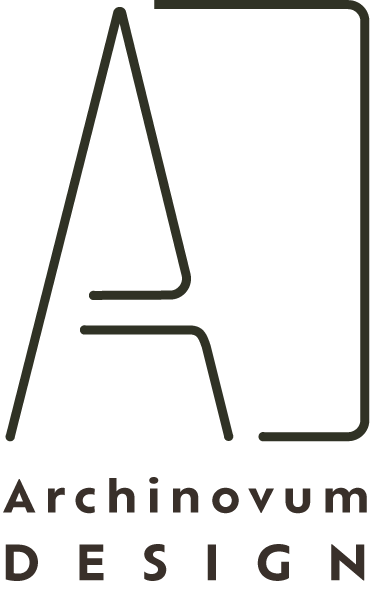a Space for Focus and Creativity
In an era where remote work has become a staple of our daily routines, crafting a home office that not only serves as a functional workspace but also reflects our personal style and fosters creativity is more important than ever. The essence of modern interior design, with its minimalist foundations, provides a compelling blueprint for creating a home office that balances aesthetic appeal with productivity-enhancing features. This guide delves into the principles of minimalist design applied to the home office, offering insights for anyone looking to revamp their work-from-home experience into one of clarity, efficiency, and comfort.
The Significance of a Home Office
A home office is not just a physical space for work; it’s a psychological sanctuary that signals to our brains that it’s time to focus. The right design can significantly impact our productivity, creativity, and overall well-being. With more people embracing remote work, the home office has become a critical component of the modern home, demanding thoughtful consideration in its design.
Pillars of a Minimalist Home Office Design
1. Clutter-Free Environment
A minimalist approach starts with decluttering—physically and visually. Ensure your workspace is free from unnecessary items that do not serve a specific function or bring joy. This simplicity reduces distractions and fosters a calm environment where focus can thrive.
2. Quality and Functionality Over Quantity
Select furniture and tools that are both beautiful and functional. A sturdy, minimalist desk and an ergonomically designed chair are essentials. Choose pieces that complement your workflow and contribute to a clean aesthetic. Remember, in a minimalist home office, every piece counts.
3. Neutral Color Schemes
Embrace a neutral color palette to enhance the sense of space and light in your home office. Soft whites, greys, and earth tones can create a serene backdrop, making the room feel larger and more open. Use color sparingly to highlight important areas or to introduce personality and warmth.
4. Maximize Natural Light
Good lighting is crucial in a home office. Whenever possible, position your workspace to benefit from ample natural light, complemented by soft, ambient lighting for cloudy days or evening work. This not only reduces eye strain but also boosts mood and productivity.
5. Incorporate Nature and Art
Adding elements of nature, like plants or a small water feature, can enhance well-being and creativity. Similarly, art that inspires or relaxes you can personalize your workspace, making it more enjoyable and motivating. Choose pieces that align with the minimalist theme but add a touch of individuality.
6. Smart Storage Solutions
Effective storage solutions are key to maintaining a minimalist office. Use shelving, drawers, and organizers to keep necessary items within reach but out of sight. This helps in maintaining a clean line of sight, which is crucial for a minimalist aesthetic.
7. Ergonomics and Comfort
A comfortable work environment is non-negotiable. Invest in an ergonomic chair that supports your posture and a desk at the correct height. Consider a sit-stand desk for flexibility. Comfort in your home office directly impacts your ability to work effectively for extended periods.
Conclusion
Designing your Minimalist Home Office Haven is about more than just aesthetics; it’s about creating a space that promotes productivity, creativity, and peace of mind. By adhering to minimalist principles, you can craft a workspace that not only meets your functional needs but also reflects your personal style and enhances your daily work experience. In this modern sanctuary, every element, from the furniture to the decor, serves a purpose, contributing to an environment where focus, creativity, and well-being flourish. Embrace the minimalist approach to transform your home office into a space where you can achieve your best work, surrounded by beauty and simplicity.

